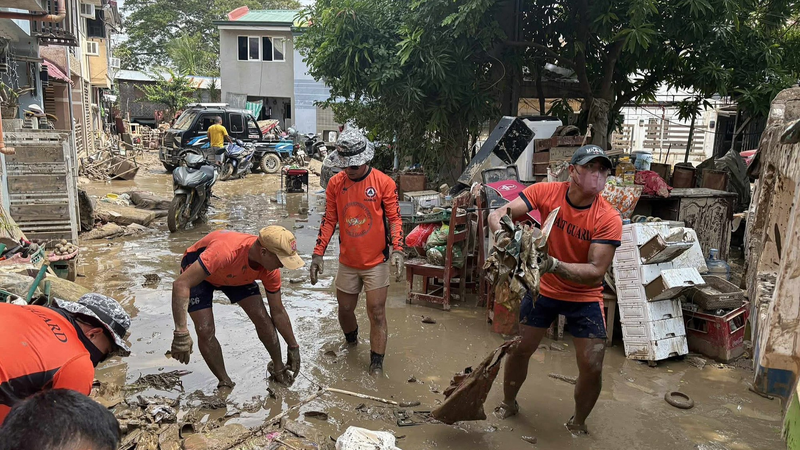Typhoon Kalmaegi, the deadliest storm of the year, has carved a path of devastation across Southeast Asia, killing at least 188 people in the Philippines before slamming into central Vietnam and claiming more lives. From shattered homes to uprooted trees, communities are grappling with the aftermath of a cyclone whose ferocity experts link directly to warming seas.
In the Philippines, Kalmaegi's surge coincided with sea surface temperatures in the western North Pacific reaching record highs. Officials report overwhelmed hospitals, flooded villages and disrupted rescue efforts as emergency teams race to help survivors.
When Kalmaegi made landfall in Vietnam late last Thursday, it left at least five more people dead and vast swaths of farmland submerged. For many residents, the latest storm is yet another test in a season marked by relentless weather extremes.
As governments gather in Belem, Brazil, for the latest round of climate talks, scientists are warning that Kalmaegi is a striking case study in how global warming fuels more powerful and wetter storms. "The sea surface temperatures in both the western North Pacific and over the South China Sea are exceptionally warm," says Ben Clarke, an extreme weather researcher at London's Grantham Institute on Climate Change and Environment. "This trend is clearly linked to human-caused global warming."
Last year, the Philippines endured six deadly typhoons in just one month and, in a rare November cluster, saw four tropical cyclones spin up simultaneously. "Even if total cyclone numbers don't rise dramatically each year, their seasonal proximity and impact potential could increase," notes Drubajyoti Samanta, a climate scientist at Nanyang Technological University in Singapore. "Kalmaegi is a stark reminder of that emerging risk pattern."
With international delegates pushing for stronger commitments to slash greenhouse gas emissions, communities from Manila to Ho Chi Minh City are bracing for what many fear could be a new normal: storms supercharged by rising ocean heat that strike faster, last longer and leave deeper scars.
Reference(s):
Typhoon Kalmaegi havoc in SE Asia: Scientists blame rising temperature
cgtn.com



